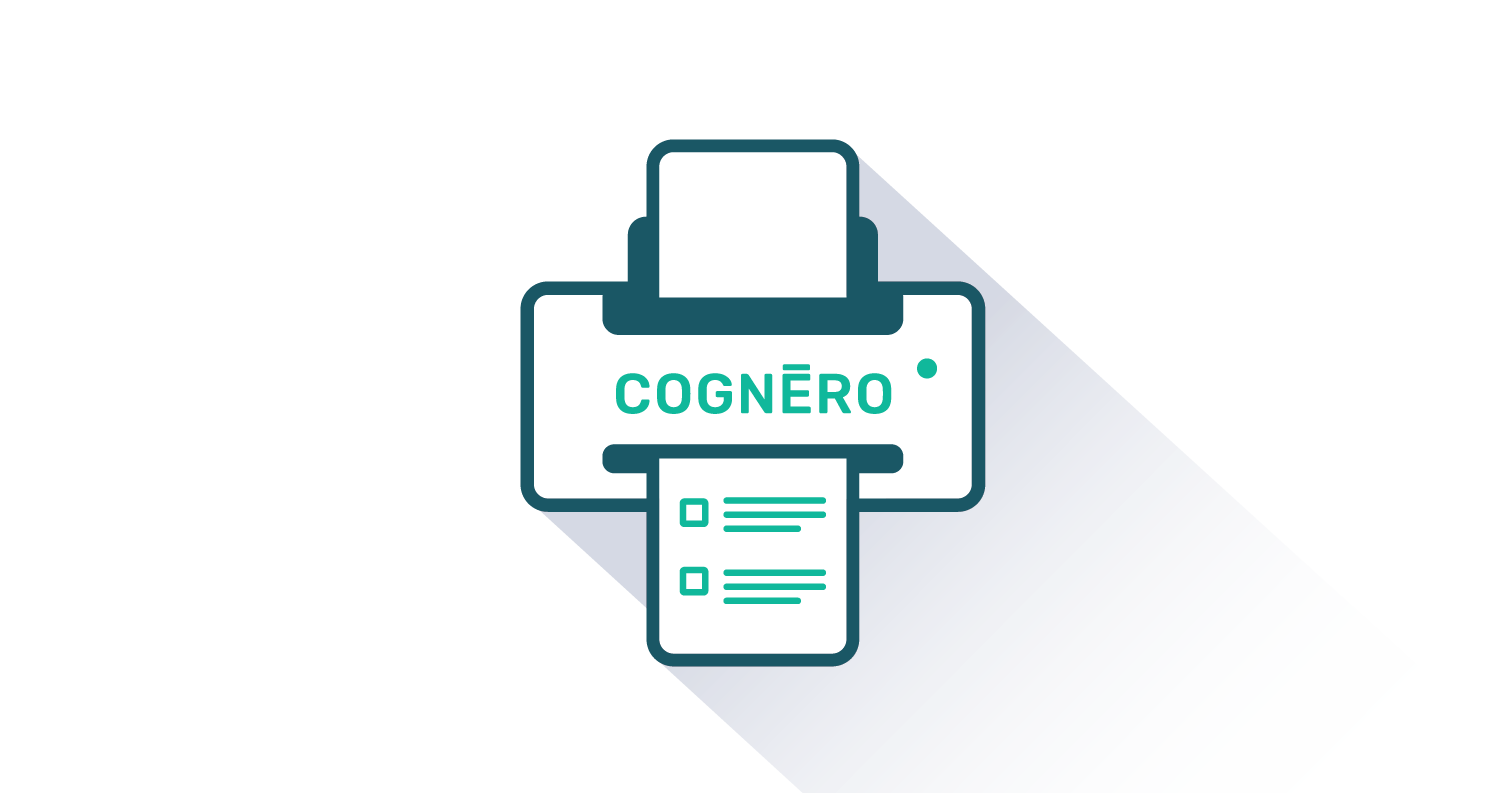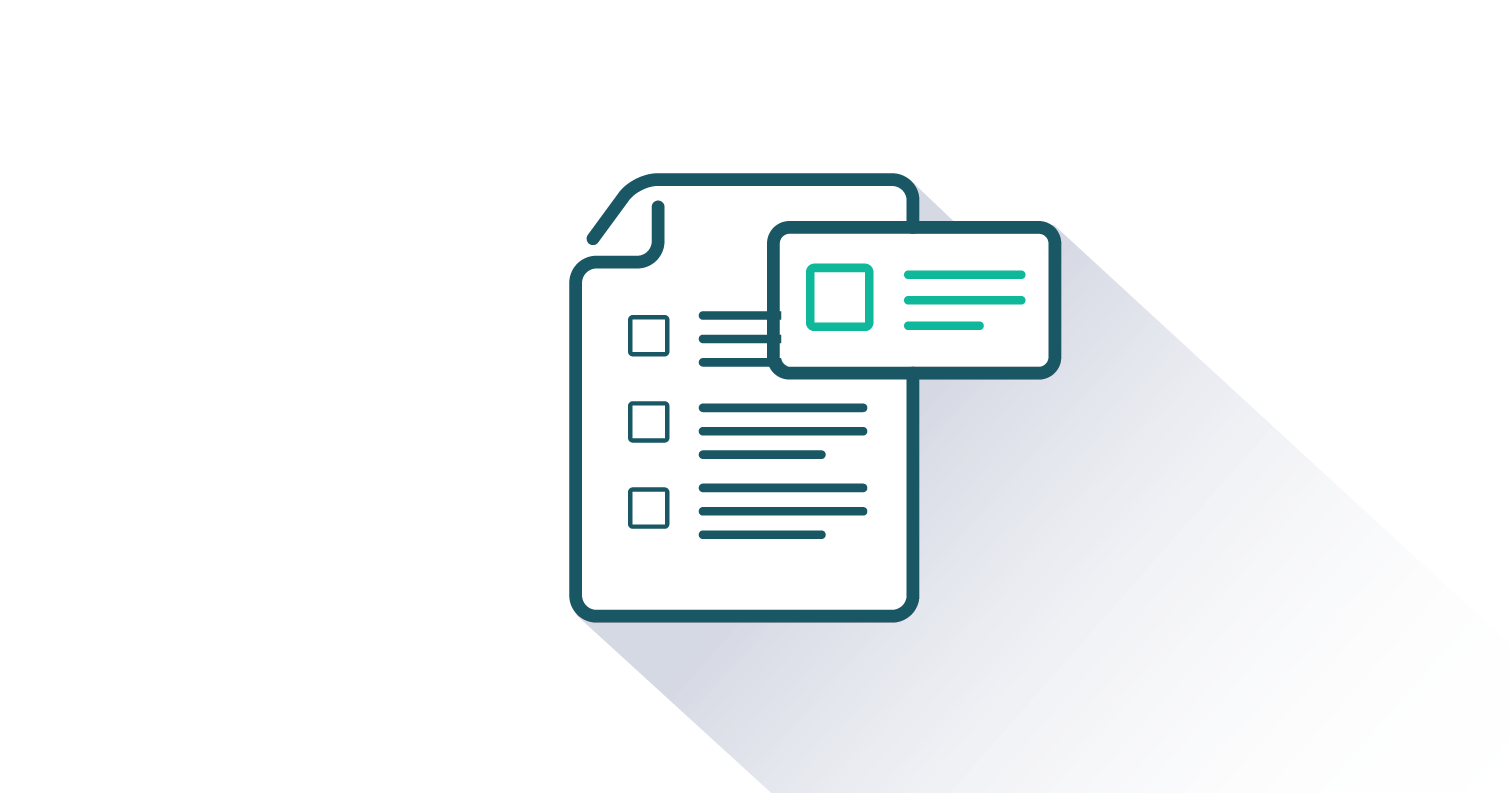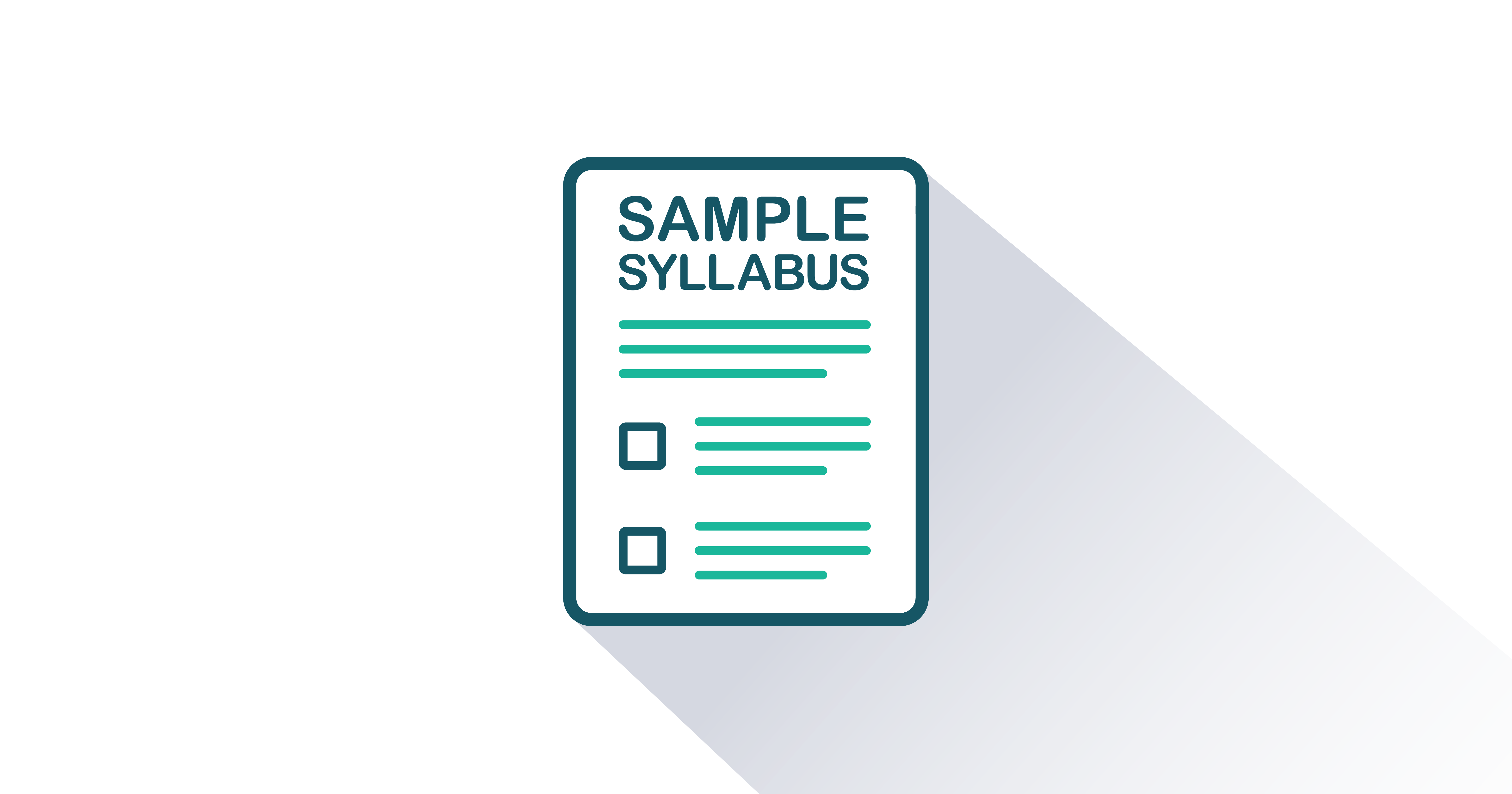Money, Banking, and Financial Institutions: A Contemporary Approach



Version 1.0
By Robert Carbaugh
Included Supplements
Key Features
- Over 100 embedded hyperlinks to streaming videos and webpages enrich hybrid and online courses, engage students, and reinforce or augment many of the presented topics
- Clear and concise presentation minimizes discussions of theoretical tools, mathematics, and macroeconomic policy in order to focus on institutional components and how the banking system works in the real world
- Employs concrete, real-life examples that appeal to students with limited preparation in economics
- Highlights contemporary issues, often with applied case studies such as how the Federal Reserve responded to the COVID-19 pandemic; how the Federal Reserve got it wrong on inflation in 2022; “Shadow Banks;” the future of cryptocurrency; asset bubbles and triggers of financial crisis; and bank mergers and their welfare effects
- Career spotlights on a diverse array of figures in the banking and financial industries, such as Ventris Gibson (Section 3.2), Raphael Bostic (Section 4.2), Janet Yellen (Section 5.2), Thasunda Brown Duckett (Section 6.1), Jamie Dimon (Section 9.6), the Federal Reserve Board of Governors (Section 12.3), Jerome Powell (Section 12.3), and Mary Daly (Section 13.2)
- Superior explanations of complicated topics, such as Commercial Banking (Ch. 10 “The Commercial Banking Industry”), Deposit Insurance (Ch. 11 “Deposit Insurance”), The CAMELs System (Section 11.3), and the Federal Reserve System (Ch. 12 “The Federal Reserve System”)
- Global perspective weaves international topics throughout the narrative in meaningful ways and with two full global chapters (Ch. 15 “Foreign Exchange Market and International Banking” and Ch. 16 “Exchange Rate Systems”)
- Supportive Learning Features for each chapter include:
- “Learning Objectives” at the beginning of each main section preview the material to come and prepare students to learn
- “Key Terms” highlight vital terminology and concisely define key concepts
- “Key Takeaways” at the end of each main section reflect the corresponding Learning Objectives and summarize key ideas in bullet-point fashion. “Key Takeaways” enable learners to pause and consolidate the information just encountered into a “chunk.” This process enables the reader to better understand and retain the section’s content and its key concepts
- “Career Profiles” in each chapter highlight a key banking figure, including the leader’s pertinent background and career progression
- “Chapter Summaries” distill key chapter information to reinforce study skills
- “Study Questions” provide opportunities to apply information just learned to test knowledge and support information retention
- TIFs, IMs, PPTs, Quizzes, and Sample Syllabi are written by the author to ensure accuracy and alignment with the book. Answer guidelines for “Study Questions” are included in the instructor’s manual
- Customizable
Students
- Online Access Price
- $36.95
- Color Printed Textbook with Online Access Price
- $63.95
Money, Banking, and Financial Institutions: A Contemporary Approach is intended for courses called Money and Banking; Banking and Financial Institutions; Introduction to Financial Institutions, or similar titles taught primarily in the economics department at the undergraduate or MBA level, usually at four-year colleges and universities.
Money, Banking, and Financial Institutions: A Contemporary Approach is a clear and concise presentation of the basics of financial markets that presumes only principles of economics as preparation. This user-friendly text avoids unnecessary jargon, peripheral topics, and overly detailed explanations, making for a readable and engaging narrative. Key concepts are introduced in a consistent format, making it easier for learners to quickly locate the descriptions and remember them in a more structured way.
This book emphasizes how money and banking connects to the real world, often providing valuable insights into personal banking experiences students encounter daily. Its intuitive and research-based approach avoids rigorous explanations, the use of mathematics, and the IS-LM model. Key contemporary topics include the economics of credit cards and debit cards; the advantages and disadvantages of fixed rate mortgages and variable rate mortgages; the role of the Federal Deposit Insurance Corporation (FDIC) in insuring checking and savings deposits; how checks are processed throughout the banking system; what happens when a bank goes bankrupt; and how interest rate changes by the Federal Reserve affect the costs of consumer and student loans. It also provides useful insights into how the Federal Reserve responded to the terrorist attack on the United States in 2001; the Great Recession of 2007–2009; the COVID-19 pandemic; and recent turmoil in financial markets.
- About the Author
- Acknowledgments
- Preface
-
Chapter 1: Introduction to Money, Banking, and Financial Markets
-
Chapter 2: The Financial System
-
Chapter 3: Understanding Money
-
Chapter 4: Understanding Interest Rates
-
Chapter 5: Interest Rate Determination
-
Chapter 6: Risk Structure and Term Structure of Interest Rates
-
Chapter 7: Credit Cards and Debit Cards: Interest Rates in Action
-
Chapter 8: Economic Shocks and Economic Stability
-
Chapter 9: The Business of Commercial Banking
-
Chapter 10: The Commercial Banking Industry
-
Chapter 11: Deposit Insurance
-
Chapter 12: The Federal Reserve System
-
Chapter 13: The Monetary Base and Money Creation
-
Chapter 14: Monetary Policy
-
Chapter 15: Foreign Exchange Market and International Banking
-
Chapter 16: Exchange Rate Systems

FlatWorld Homework
FlatWorld Homework includes multi-format questions written specifically for your FlatWorld book, which you can access through our stand-alone interface or integrate with your learning management system.

Instructor’s Manual
The Instructor’s Manual guides you through the main concepts of each chapter and important elements such as learning objectives, key terms, and key takeaways. Can include answers to chapter exercises, group activity suggestions, and discussion questions.

PowerPoint Lecture Notes
A PowerPoint presentation highlighting key learning objectives and the main concepts for each chapter are available for you to use in your classroom. You can either cut and paste sections or use the presentation as a whole.

Test Generator - powered by Cognero
FlatWorld has partnered with Cognero, a leading online assessment system, that allows you to create printable tests from FlatWorld provided content.

Test Bank Files for Import to Learning Management Systems
For your convenience, we've packaged our test items for easy import into Learning Management Systems like Blackboard, Brightspace/D2L, Canvas, Moodle, or Respondus.

Test Item File
Need assistance in supplementing your quizzes and tests? Our test-item files (in Word format) contain many multiple-choice, fill-in-the-blank, and short-answer questions.

Sample Syllabi
Sample syllabi provide useful templates to help new faculty adopters revise their teaching plans to match their assigned FlatWorld textbook or lend insights to existing adopters on how to organize their classes.
DownloadAt FlatWorld, we take pride in providing a range of high-quality supplements alongside our titles, to help instructors teach effectively. Supplements are available for instructors who have registered their adoption with us. If you need to review or preview something specific, please contact us.
Already registered? Sign in here.
Additions & Errata
4/30/25: Error in Figure 13.3 fixed.
1/24/24: Removed Table 9.1 and instead linked out to the source of the table.
